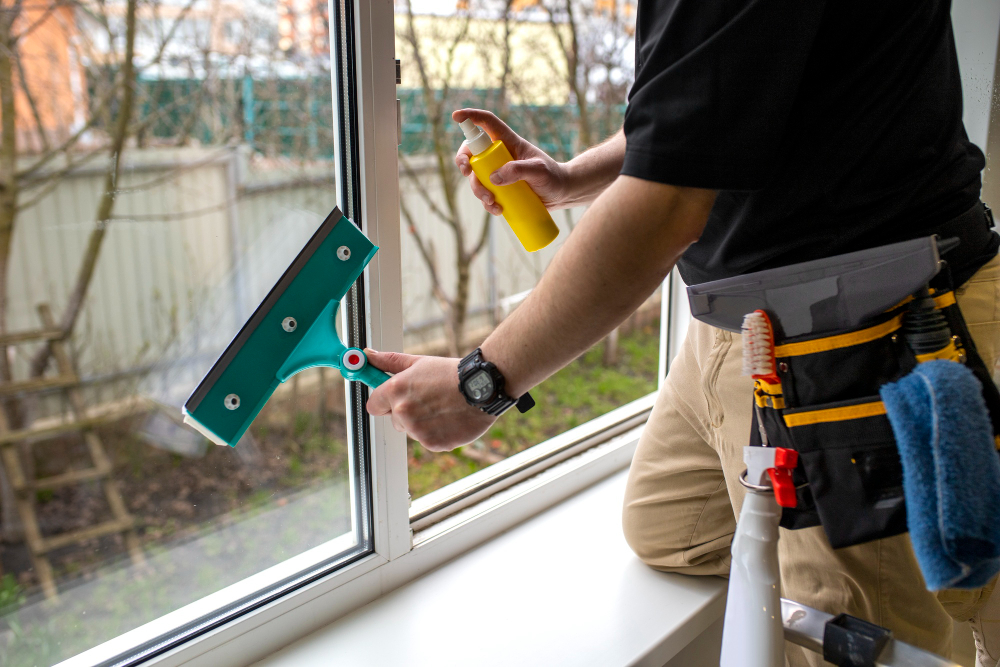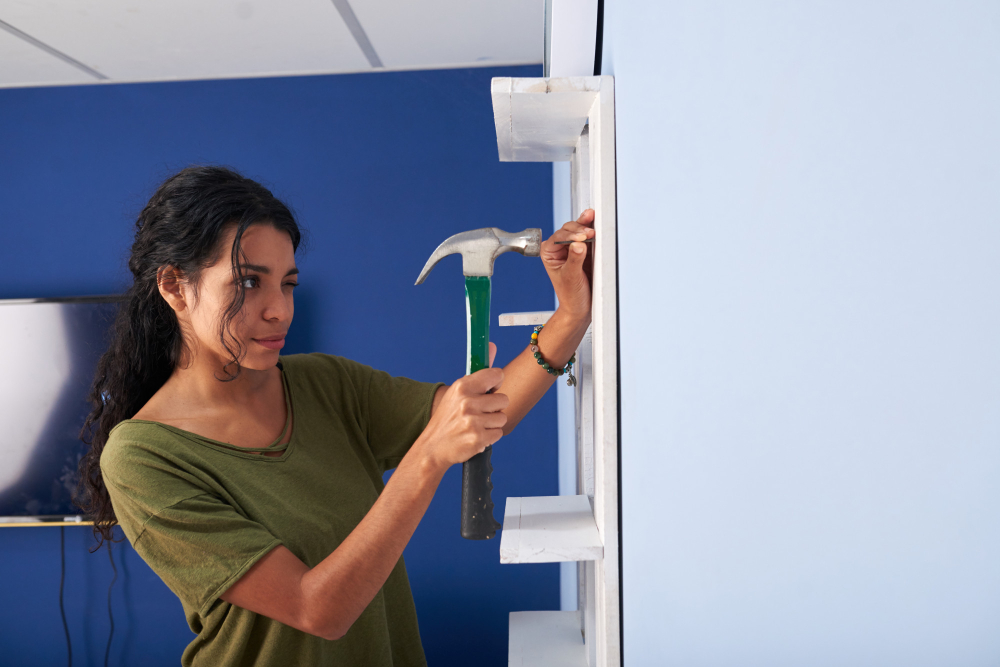Quick Facts:
COMMERCIAL RETROFIT
Systematically identifying air leakage sources and sealing them will reduce the effects of the Stack Effect
The Stack Effect can lead to tenant discomfort, reduced lifespan of mechanical systems, and infiltration of unwanted smells
In warm weather, air enters from the uppermost floors and flows down. This is reversed in colder weather
The Stack Effect affects every building, but becomes more noticeable the larger a building is


Removal of damaged, old or contaminated insulation
Attic Disinfection
Attic Ventilation
Professional Roof & Leak Repairs
Attic & Roof Inspections
The Insulation Pros team will address every problem area in the building envelope – that includes everything from air-barrier issues, to moisture control concerns, to thermal challenges throughout. Given that every building is a unique “system”, it’s important for Insulation Pros to determine problem causes, and not just symptoms. This approach allows for a more thorough investigation of the issues, and a more precise forecasting for possible remedies, some of which may involve several steps. For Insulation Pros, competent project management makes for success. Large building or small, Insulation Pros provides project oversight that ensures effective remediation, along with successful results. Project recommendations are customized for each client, so that service work is targeted, and client needs are accommodated. For Insulation Pros , everything is client-centered – the team is onsite to address Stack Effect, and every effort is made to provide solutions specific to the problems. For over 35 years, Insulation Pros has delivered reliable, superior service to customers across the province. Insulation Pros management and installation crews are the finest in the industry. All installed products are manufacturer warrantied; all workmanship is 100% guaranteed; and every team member is committed to project integrity and ethical business practices.
Addressing The Issues - Offering Solutions
The Stack Effect is a phenomenon that occurs in all types of buildings, but particularly in tall buildings. It materializes when natural air movement enters the lower floors, flows through the entire building structure, and exits through the uppermost floors. In the winter, the Stack Effect is triggered because there’s a distinct difference in air density between the cold, dense outside air, and the warm, less dense inside air. Understandably, this phenomenon is reversed in summer.
In warm climate regions (or for that matter, during a hot summer), air enters a building from the uppermost floors, flows down through the building structure, and finally exits through the lower levels. The downward movement of air is therefore considered a Reverse Stack Effect. While it may be reasonable to equate the problems of Stack Effect with Reverse Stack Effect, there are far more problems in cold climates than warm, simply because of the temperature extremes.
The Stack Effect has negative impacts on high-rises in particular – multi-unit residential buildings, condominiums, and apartment buildings of various heights. Depending on the season, the Stack Effect will impact occupants and/or residents in different ways. By example, when cool air enters the building through the lower levels, residents are cold, so they turn their thermostats up. When heated air naturally rises to the upper level residents, they may open windows for comfort.
Relative to the age of a building, property owners and property managers are constantly dealing with the headaches of Stack Effect. They often describe the phenomenon as a “merry-go-round”. The worst-case situations are older buildings that have the potential for air leakage. Beyond any other issues, these buildings consume tremendous amounts of energy from season to season. As well, the air leakage contributes to undesirable condensation, and compromised air quality.

Proudly Serving All Of Southern Ontario
- Western Ontario
- Southwestern Ontario
- Muskoka, Haliburton, Northern Ontario
- Central Ontario
- GTA East
- GTA & South Central Ontario
- Eastern Ontario
- Sarnia/Lambton
- Niagara Region
Need A Free Estimate?
Looking for a free estimate? At Insulation Pros, we offer no-obligation quotes for all our services